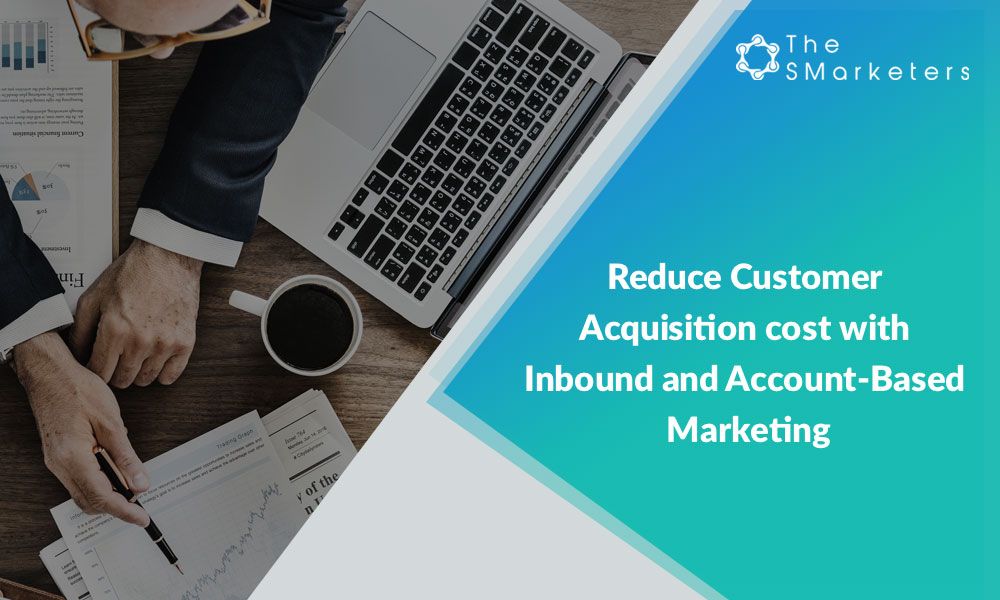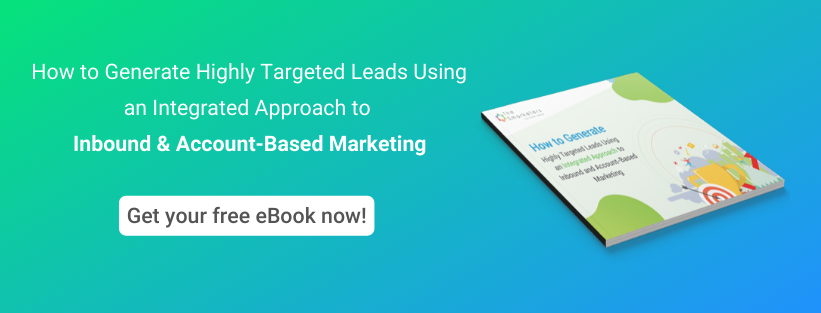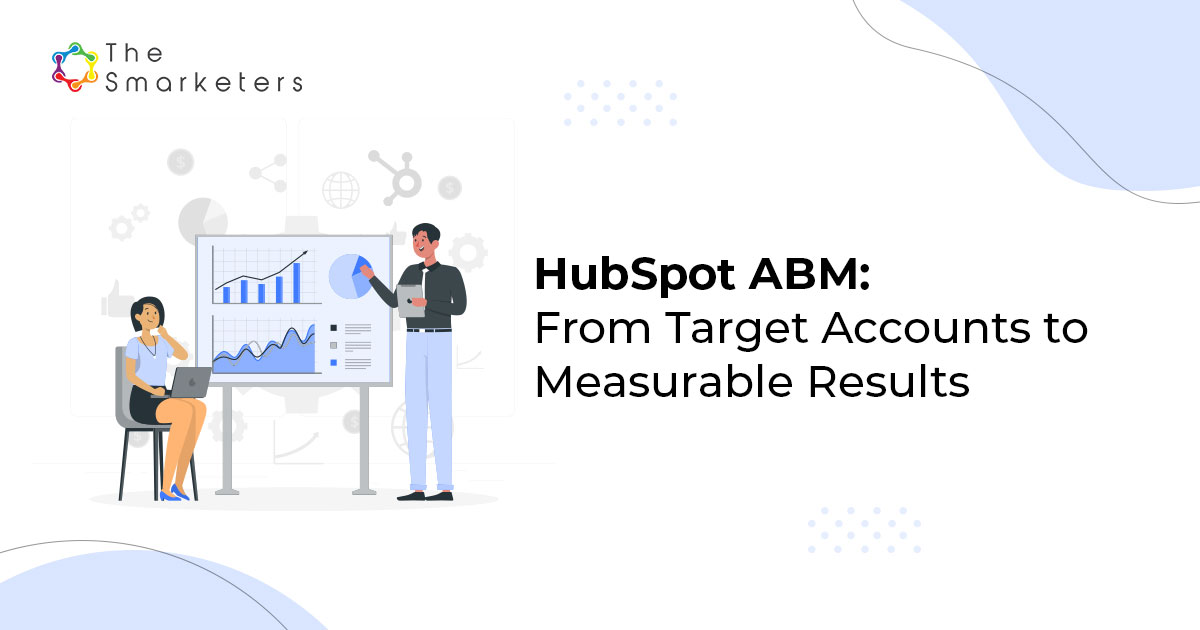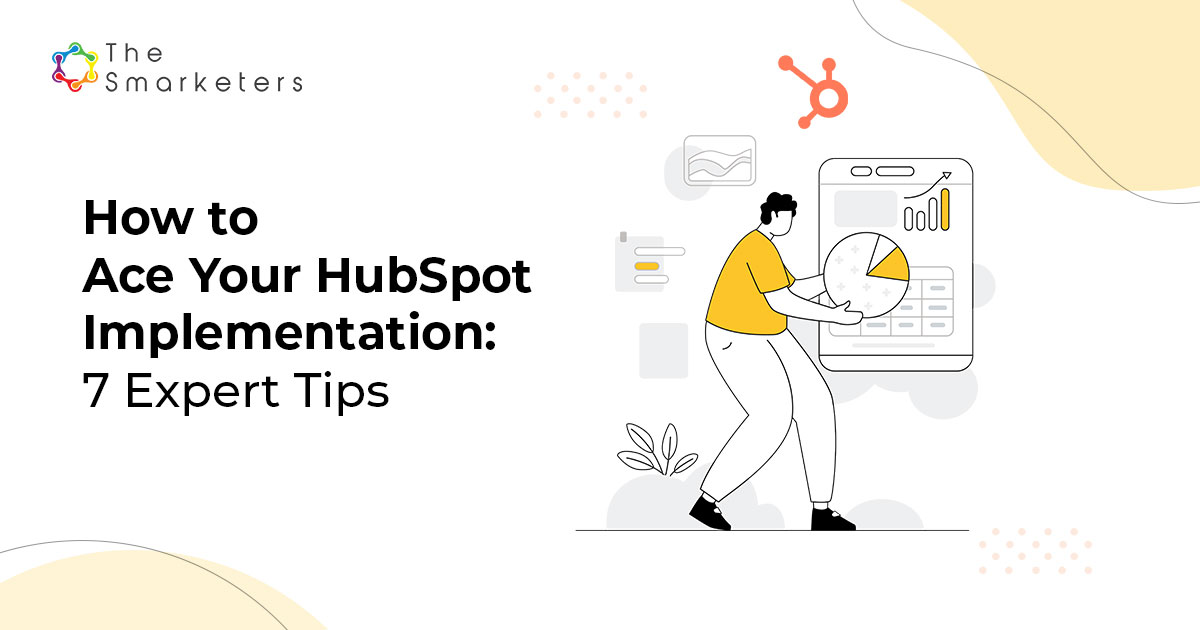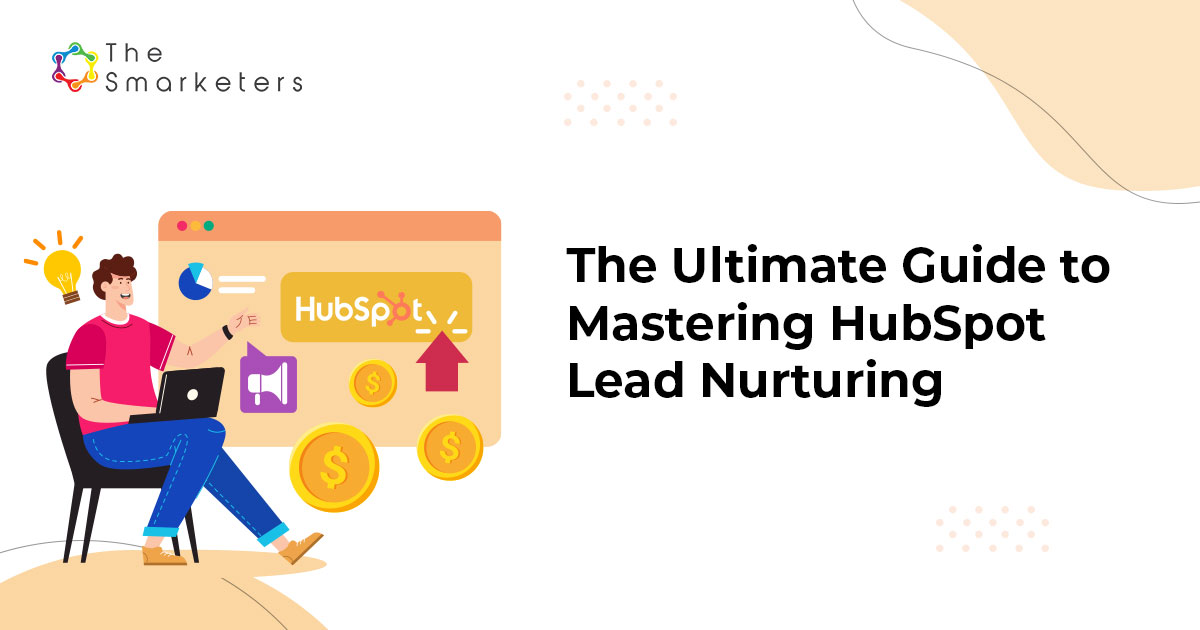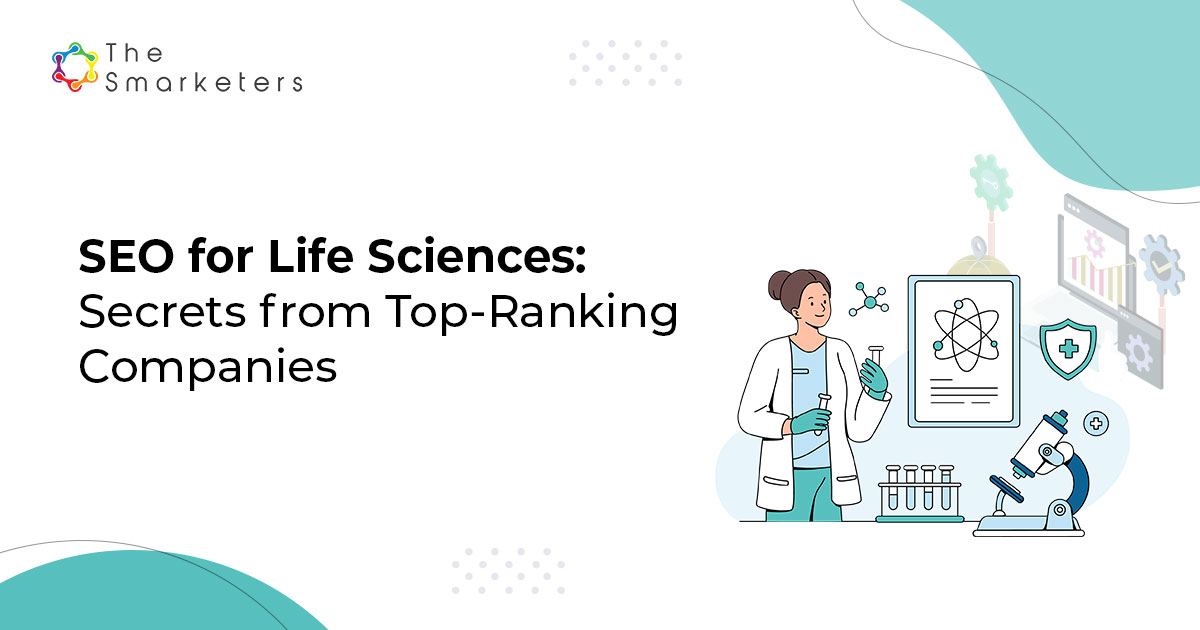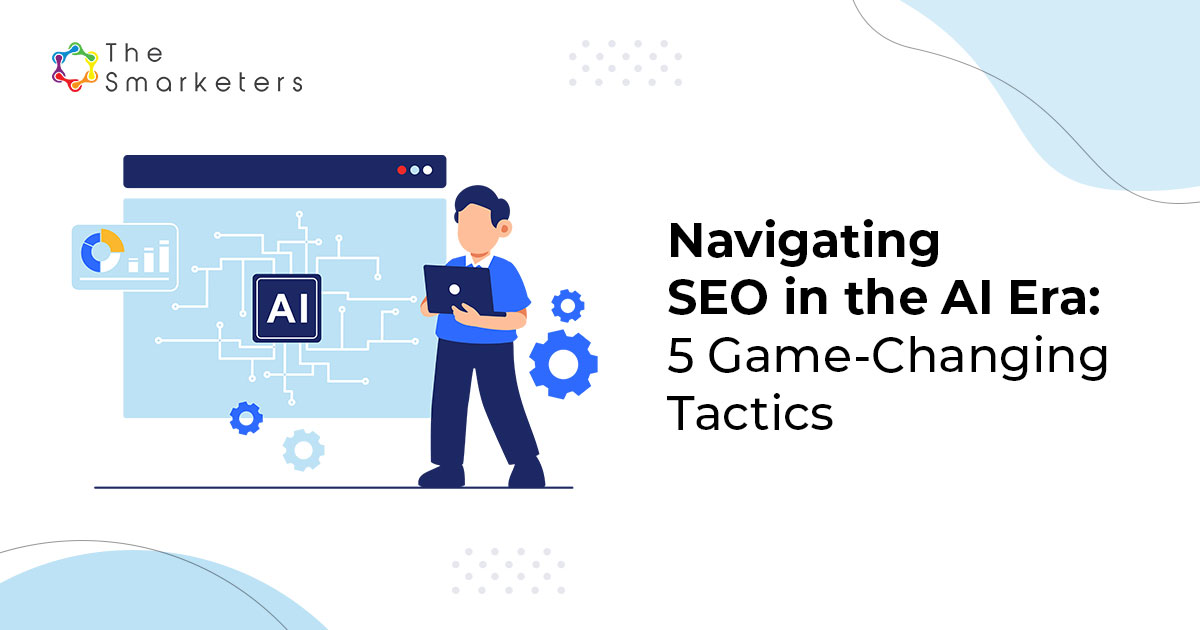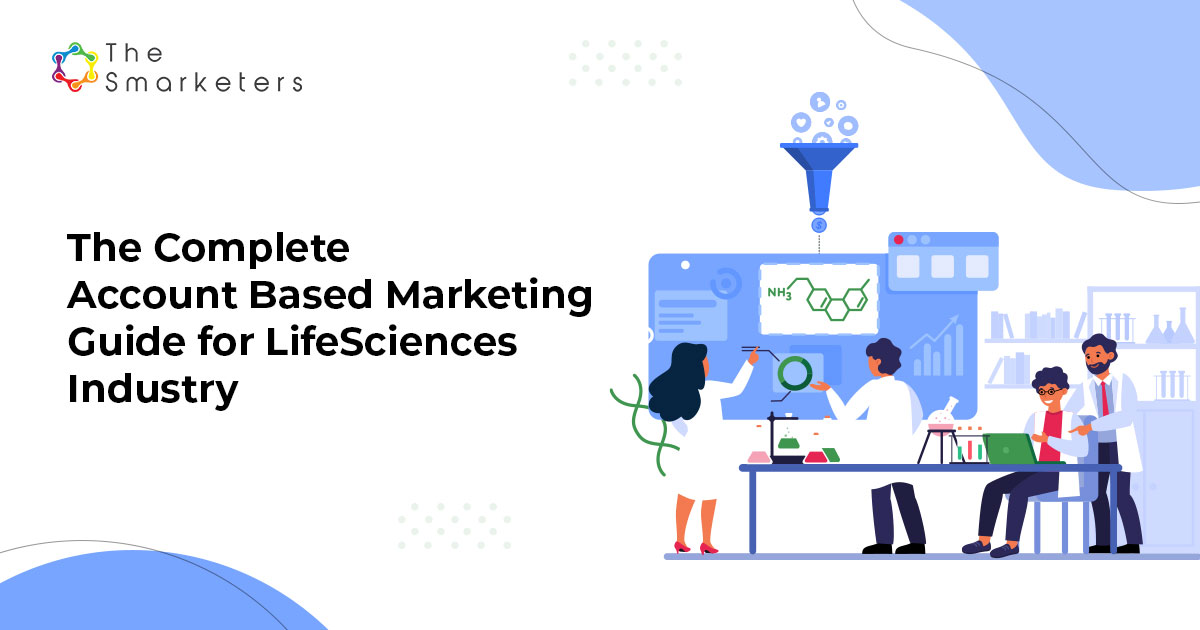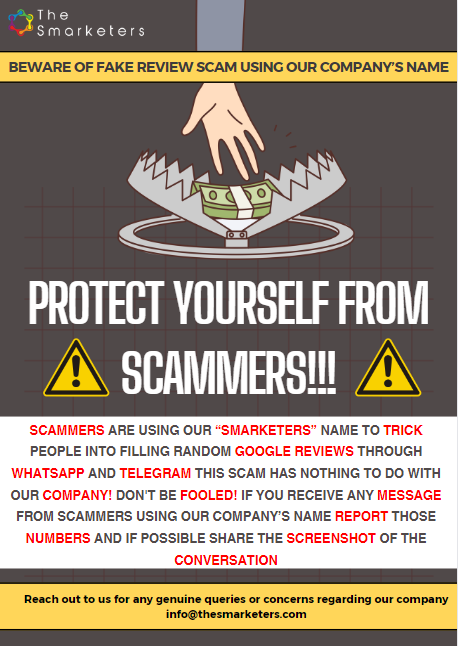Customer acquisition is harder than you can imagine. People no longer stick to one brand, are becoming increasingly demanding, and are too impatient to be kept waiting. Where on the one hand competition is rapidly rising, and on the other, marketing is becoming increasingly expensive. Over the past five years, overall CAC has swung up nearly 50%. Even though the cost rise can be attributed to both organic and paid marketing, the later is still higher than organic content marketing. This holds true for both B2B and B2C businesses.
Increasing CAC is not a good sign for any company as it means reduced profit margins. Declining profitability, in turn, results in a decline in investors’ interest in your business. As a result, you are neither left with either internal funds or external support to keep the business growing. Clearly, CAC spells doom.
Is there any way out to bring down the rising customer acquisition costs for your company? Seems like account-based marketing can help you flip towards a favourable situation. We’ll also discuss a few points on how you can smartly use some inbound marketing tactics to keep your CAC from rising. Keep reading!
Account-Based Marketing – Why and how it helps keep CAC in check
Also known as key-account marketing, the idea behind ABM is to focus only on select accounts. Marketers run extremely targeted campaigns to engage and convert only those accounts that completely match their ideal client picture. Additionally, the highest priority is given to accounts with the highest conversion potential, in the shortest possible time. So, you can say, that the focus of ABM is to maximize marketing ROI by focusing only on a handful of high-value, purchase-ready accounts. By doing so, you don’t waste time, effort, or money on those leads who although show interest, might actually never convert!
ABM helps reduce CAC by improving overall marketing effectiveness. When practising ABM, you have to clearly understand who your target audience is. Next, you need to run highly personalized and targeted campaigns for key accounts. Lastly, you need to build strong and healthy relations for retaining your key accounts for the long term. All these demands out of ABM eventually help bring down CAC and also increase your ROI. Let’s discuss these points one by one, for a clearer understanding of the ABM approach:
Identify your target key accounts
No business today can run without data. And, all (wise) business decisions are based on insights instead of gut feel. With the help of insights and statistics, marketers can identify and prioritize high-value accounts, that are either completely or very close to becoming sales. Identifying whether an account is sales-ready can be easily done based on client behaviour analysis. In marketing lingo, this is known as ‘intent data’ analysis. Whether these high-value accounts also qualify as an opportunity is based on factors like potential deal size, market position, influence, etc.
Understand their concerns and create personalized campaigns
Once you’ve identified key accounts, the next thing on the list is to understand what are their likes, dislikes, concerns, and motivators. Once again, you need to dig into behavioural data as well as information you collect from surveys, at this stage. Information and insights collected at this stage will help you create highly personalized campaigns to engage and convert these key accounts. Lead nurturing is of utmost importance at this stage!
For example, a lead might be looking for pricing information on your website. A visit to your pricing page indicates high conversion potential. But, chances are that the visitor is still comparing pricing. The right thing to do here, in case this lead is a high-value account, is to send him a ‘comparative case study via email, and gently nudge him even closer to purchase.
Building long-term relationships
ABM not just focuses on closing high-value deals. The idea of ABM is to rather keep high-value accounts happy and loyal to the business. Therefore, a number of ABM tools are built with a focus on retention. For example, they make it extremely easy for salespeople to dig out precise and contextual information about clients, within minutes, right before a call or a meeting is to happen. Equipped with complete know-how about the client, the representative is able to create a highly motivating and personalized experience for the client, on behalf of the business.
All things said and done, ABM is still not the best-fit approach for all companies. Most businesses widely rely on inbound marketing, and just can’t make a sudden switch to ABM, without first evaluating whether this strategy will even win them the required amount of key accounts? On the other hand, inbound marketing has been recognized by nearly 80% of the best global marketing firms as the most effective marketing tactic!
For those who want to stick with the good old inbound marketing, here is how you can succeed in curtailing the ever-increasing content marketing costs.
How your inbound marketing strategy can help lower CAC
First and foremost, you need to pick a marketing automation tool that fits your requirements, and budget. Your success with inbound marketing will largely be based on the capabilities that your choice of the tool comes with. The following other points will further help you create an inbound marketing strategy geared for success.
Clearly define your goals and key performance indicators
Market and competitor research will help you analyze where you stand in terms of SEO, SMO, as well as paid engagement. Clearly define keywords that you want to rank for. Build a roadmap that takes a holistic view of what you want to achieve with inbound marketing in a month, and within a quarter. Figure out what tactics will give the desired results in the shortest span of time, and which one needs more time, budget, and consistent effort. Evaluate whether those goals that require most of your time, should be on priority or not.
Understand your target audience
Having established your goals, you now need to identify your target audience. A common way of doing so is by first creating personas, then studying their requirements and pain points, as well as identifying what motivates them to buy. These insights help marketers craft effective campaigns to engage their target audience.
Personalize
Generalized content and offers just don’t cut it anymore. People want offers that are meant specifically for them. They won’t waste their time on any message or information from you that they don’t find catered specially to their needs. For example, if you are launching new sports shoes, and simply broadcasting this news to everyone, your campaign isn’t likely to fetch high engagement rates. Reason? Only a few people who are interested in sports shoes will actually open your message. Instead, if you run personalized, highly targeted campaigns, your campaign will give great results.
Focus on the right channel
Why waste money and time on reaching out to your target audience on each and every platform? B2B customers aren’t very likely to be reading your message on Facebook. If you are running an ad on Facebook for a B2B product, chances are you’ll not win the desired engagement. LinkedIn, instead, might bring in better results. Similarly, you can focus on building a brand reputation using Quora.
eCommerce players, however, won’t get much engagement on platforms like Quora. Know the right channel, and then invest. Also, don’t blindly go by our word that a certain channel might not win you the desired result. Instead, deep dig your data. Maybe you find that Facebook messenger is actually getting you a good amount of footfall on your blog section even though you are a B2B business.
Where most businesses go wrong with inbound marketing is that they don’t focus on nurturing leads with personalized campaigns. A number of businesses still send out broadcast messages to save costs incurred on personalization. This is where they fail.
The cost of personalization is nothing compared to its many advantages. Additionally, inbound leads cost 60% less than outbound leads. Also, when affordable marketing tools are easily available, why not leverage them to improve your inbound marketing strategy?
Last but not least
A number of companies today are focusing on aligning ABM with Inbound. The idea of bringing both these approaches together is to build personalized campaigns for the right people, using the best nurturing practices.
As a result of this amalgamation, marketers get better chances of acquiring the right leads, nurturing them with twice as effective content and campaigns, and reaping the benefits of retention.

